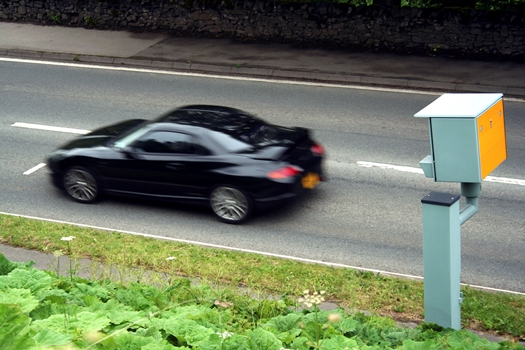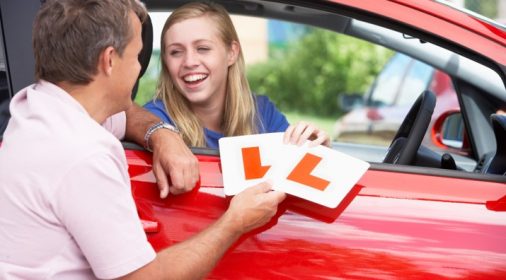Top 10 Dangerous Driving Habits and How to Break Them
We all like to think we’re good drivers – but bad habits can cause accidents big and small. Technology has improved driver safety in recent years, but small mistakes can still have a great impact. We’ve put together a list of the top 10 dangerous driving habits and provide some tips and techniques you can use to break the habit.

1. Driving under the influence
We all know drink driving is dangerous and responsible for many road deaths each year. Alcohol can have a serious effect on drivers; reduced vision and reduced reaction time can result from drinking before driving a vehicle. According to DrinkDrivingFacts.com, 3000 people are killed or seriously injured each year as a result of drink drive collisions. A sobering fact we should all remember next time we’re tempted by an alcoholic drink.
Solution: If you know you are going to be drinking, or if there is even the slightest chance of you consuming alcohol, do not bring your car – leave it at home and get a taxi.
2. Motorway Etiquette & Rules
Motorway etiquette is something UK drivers aren’t taught. This is because learner drivers aren’t allowed on motorways until they pass their test and have a license. One of the most important rules of the motorway is keeping to the left lane unless overtaking. Following this etiquette rule helps keep the motorway safe, but is often overlooked.
Solution: After passing your test opt for advanced tuition; this will help ensure before you drive on the motorway you understand rules and etiquette.
3. Stopping too close to the vehicle in front
We’ve all been there, we pull up to traffic lights and look in our rear view mirror to see a vehicle so close to the back of the car it’s like we’re connected. So why do we do it? The danger is that if we do it and are hit from behind, the car will be forced into the car in front.
Solution: Stop your car so that you can see the tyres of the vehicle in front and a bit of the tarmac as well.
4. Tailgating
Similar to #3, by driving too close to the vehicle in front, we are increasing the chances of a rear-end collision.
Solution: Give yourself time to react in case something unexpected happens; give yourself at least 2 seconds between your car and the car in front and remember: “Only a fool breaks the two-second rule”.
5. Texting
Is it that important? It is illegal and incredibly dangerous to text while driving; The Department for Transport says “of 88 deaths caused by distractions in 2012, 17 were due to mobile use” – this is a higher death rate than other in-car causes. In fact, according to tests by Which?, “texting diminished our drivers’ abilities more than drinking”.
Solution: Switch your phone off before driving to avoid temptation. If you decide to keep it on, use hands-free to call and talk; this is legal (although it will still cause a distraction).
6. Not wearing a seat belt
Seat belts are designed to save lives, so it’s mind-boggling that people still don’t wear them. A seat belt report composed by the AA in 2010 found that “of the 1,432 car occupants killed, research indicates that some 34% were not wearing a seat belt”.
Solution: Simple. Wear a seatbelt and make sure your passengers do too!
7. Failing to give way to pedestrians
The Highway Code states “watch out for pedestrians crossing a road into which you are turning. If they have started to cross they have priority, so give way”. Although it’s in the rule book, people often ignore pedestrians; what would delay a driver’s journey by a few seconds can be the difference between life and death for many pedestrians.
Solution: Remember your hazard perception and respect all road users, not only other vehicles.
8. Not indicating
This can be a lot more dangerous than you think; as important as it is to alert other road users to your intentions, it is equally if not even more important to alert pedestrians who may want to cross. Think about it, if you are planning to turn left and don’t’ indicate, a pedestrian has no reason to think that you are going to turn left so may well cross the road.
Solution: Use your indicators; signal 30 meters (100 feet) in advance in residential areas and 275 meters (900 feet) on high-speed roads.
9. Running red lights
67,000 motorists (184 per day) were given points for failing to stop at traffic lights in 2015 – however insurance experts say “this is just the tip of the iceberg as only a minority of traffic lights have a camera”. Reasons such as drivers are in a rush or going so fast that when the light changes, it isn’t safe to stop are very popular, but forward-thinking can avoid all of this.
Solution: If you think you may have to rush, leave earlier. If you are driving too fast when approaching the light, slow down earlier; lights rarely stay red for over 2 minutes so be patient for the welfare of your fellow motorists.
10. Speeding
Exceeding the speed limit was a contributory factor in 4.6% of all accidents in 2014 according to statistics provided by the Department for Transport. Speed regulations are there for a reason, driving a few extra miles per hour has an effect on the time it takes to brake; we all remember the powerful and effective ‘Think!’ adverts which told us that “risk of death is approximately four times higher when a pedestrian is hit at 40mph than at 30mph”.
Solution: Re-familiarise yourself with the speed limits and remember, the speed limit is a limit, NOT a target!

Article produced by OnlineHealthAndSafety.com
OnlineHealthAndSafety.com (OHS) is UK-based and specialises in offering, via our partner Cardinus, a wide range of e-learning courses for small and medium enterprises including our Safe Driving Plus e-learning system.







